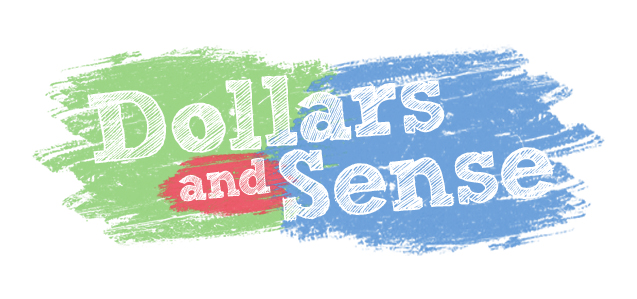Dollars and Sense, Financial Fundamentals

Learning Outcomes:
•Define key accounting terms
•Identify financial tools - deposit book, sales invoices, payment devices, online storage, log book,and online payroll calculator
•Describe the role of the auditor and audit proofing
•Identify the key elements of the financial organization - controlling, protecting, organizing paper flow, and storage
•List the components of basic bookkeeping - debits, credits, journal entries, and different options for accounting systems
•Read, prepare and improve basic financial statements – income statement, trial balance, and balance sheet
•Complete government reporting – requirements and process of completing
•Explain various tax issues and the process of filing taxes
•Compare and contrast computerization options - Sage 50, QuickBooks, and mobile applications
•Calculate pricing of products and services
•Create a budget A-Z - personal requirements, budget for business, and excel spreadsheet introduction (prepared manually)
•Complete a cash flow projection
•Analyze financial data – liquidity, solvency, turnovers and comparison to industry standards
•Review all concepts of accounting activity
Standard Topics:
•Bookkeeping fundamentals
•Financial statements
•Budgets and cash flow projections
•Government reporting requirements
•Tax compliance
•Pricing products
•Basic financial Analysis
Comments
I have been a business owner operator for over 30 years and was a bit nervous taking the Leadership 1 course, now I am waiting for the 2nd level of this course to be offered. It has opened a new way of thinking for me.
For example In the business world we have difficult conversations, generational gaps, and different communication styles. This course greatly improved my communication skills and provided me with useful tools and techniques to be a stronger and more confident leader in my business. I loved it and use segments of the course everyday not only in my job also in personal day to day. Thanks Lorna!
Doreen Wood
Doreen's Hair Studio
Leadership Level 1 program - Spring of 2017

No one has commented on this page yet.
Post your comment
RSS feed for comments on this page | RSS feed for all comments